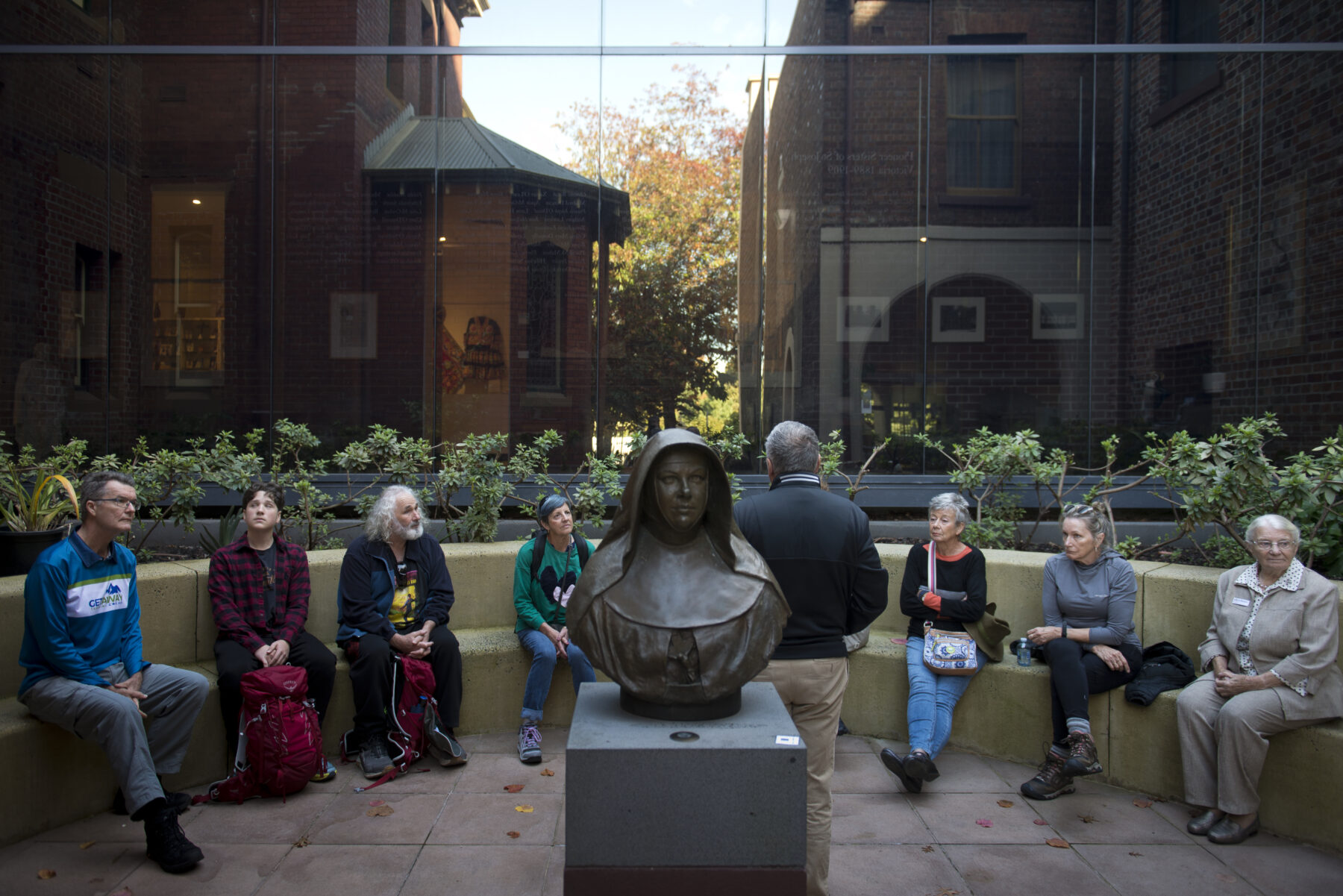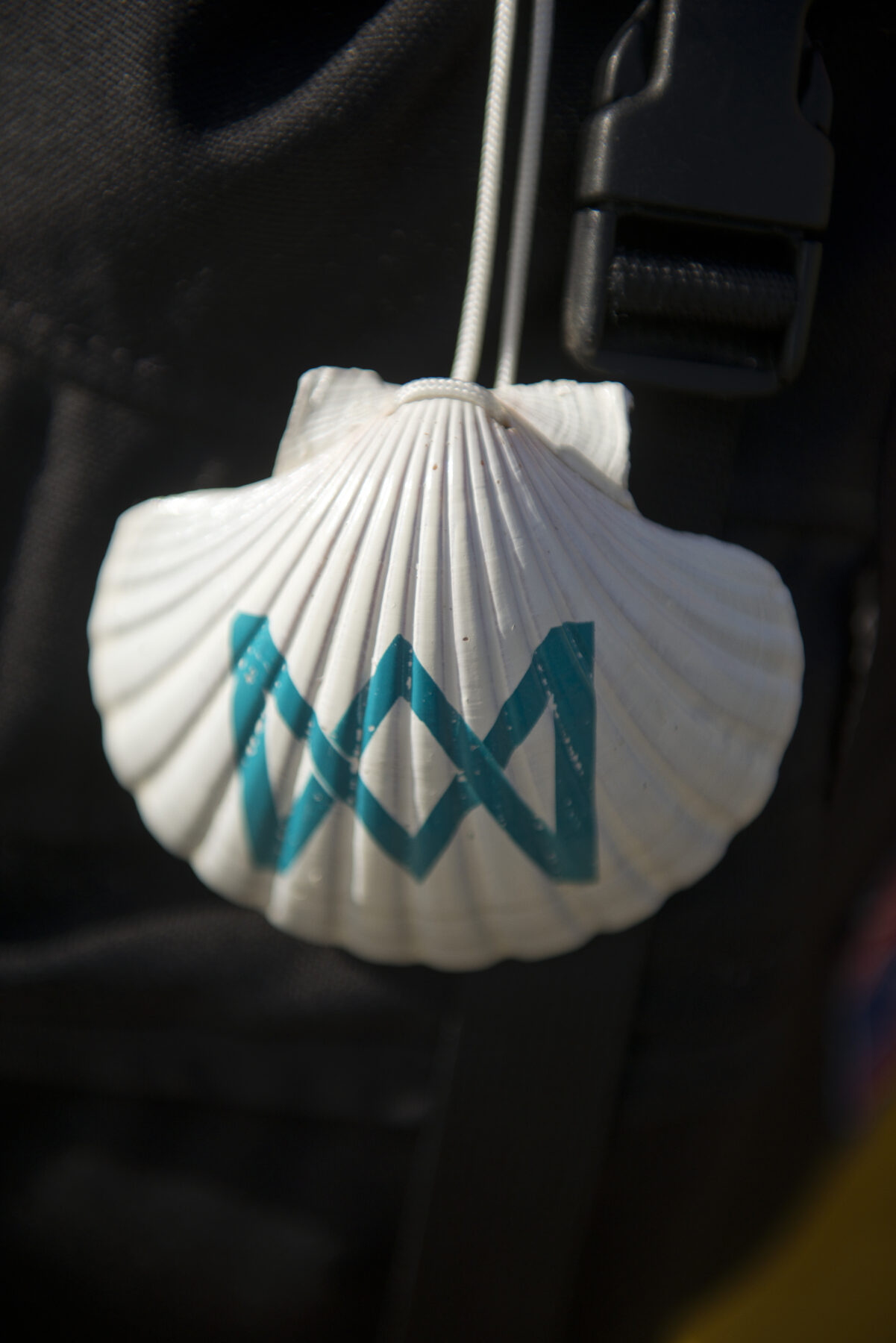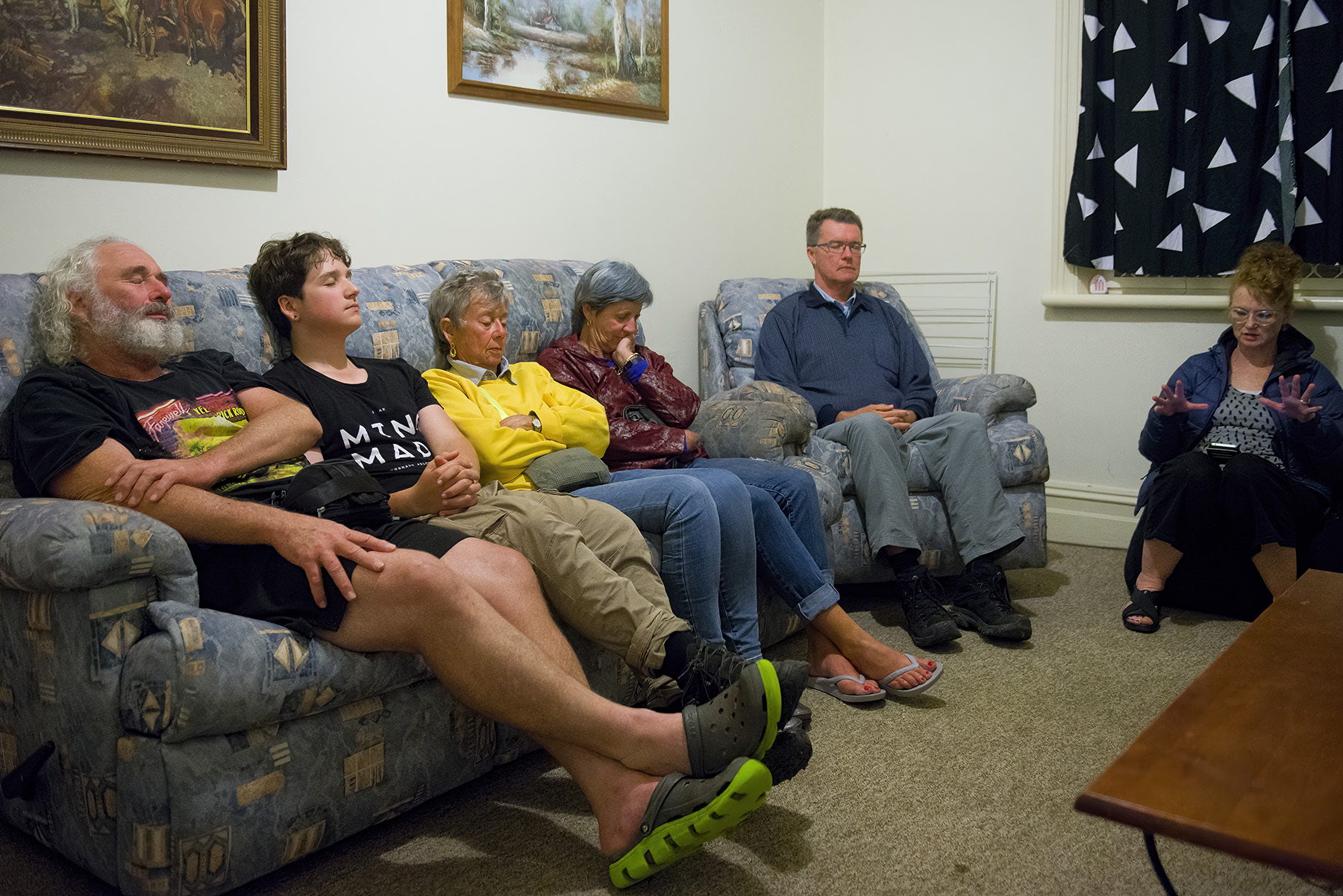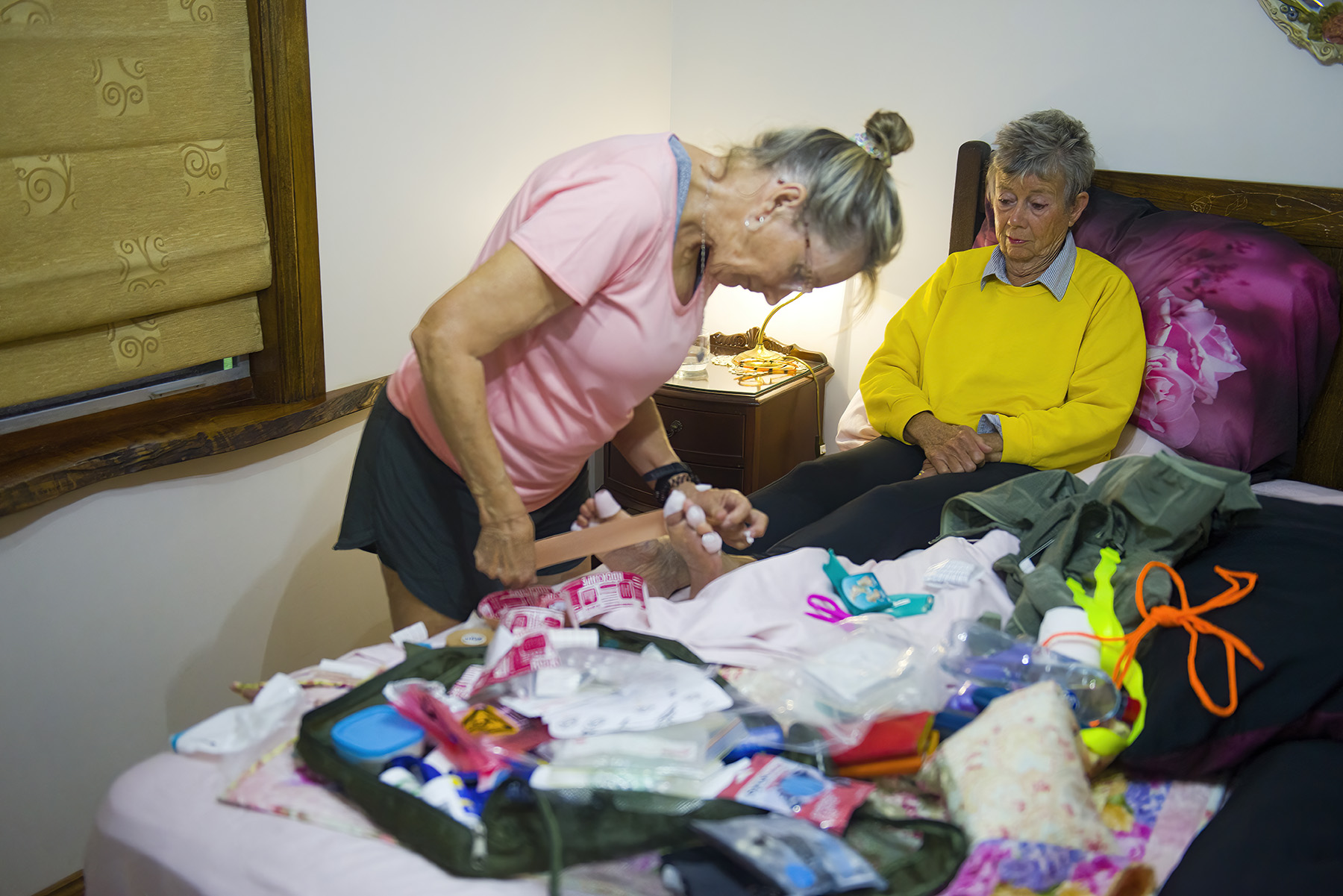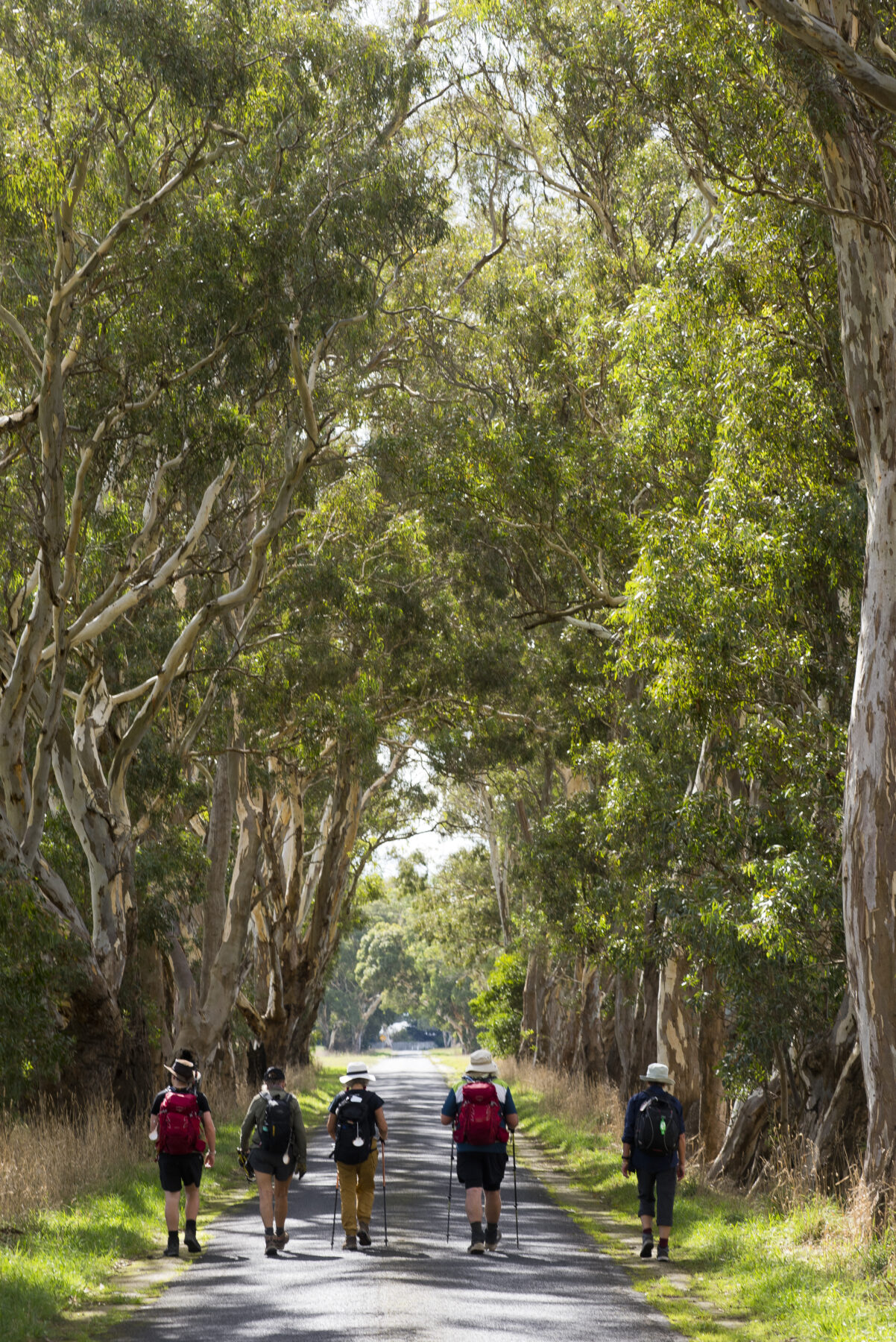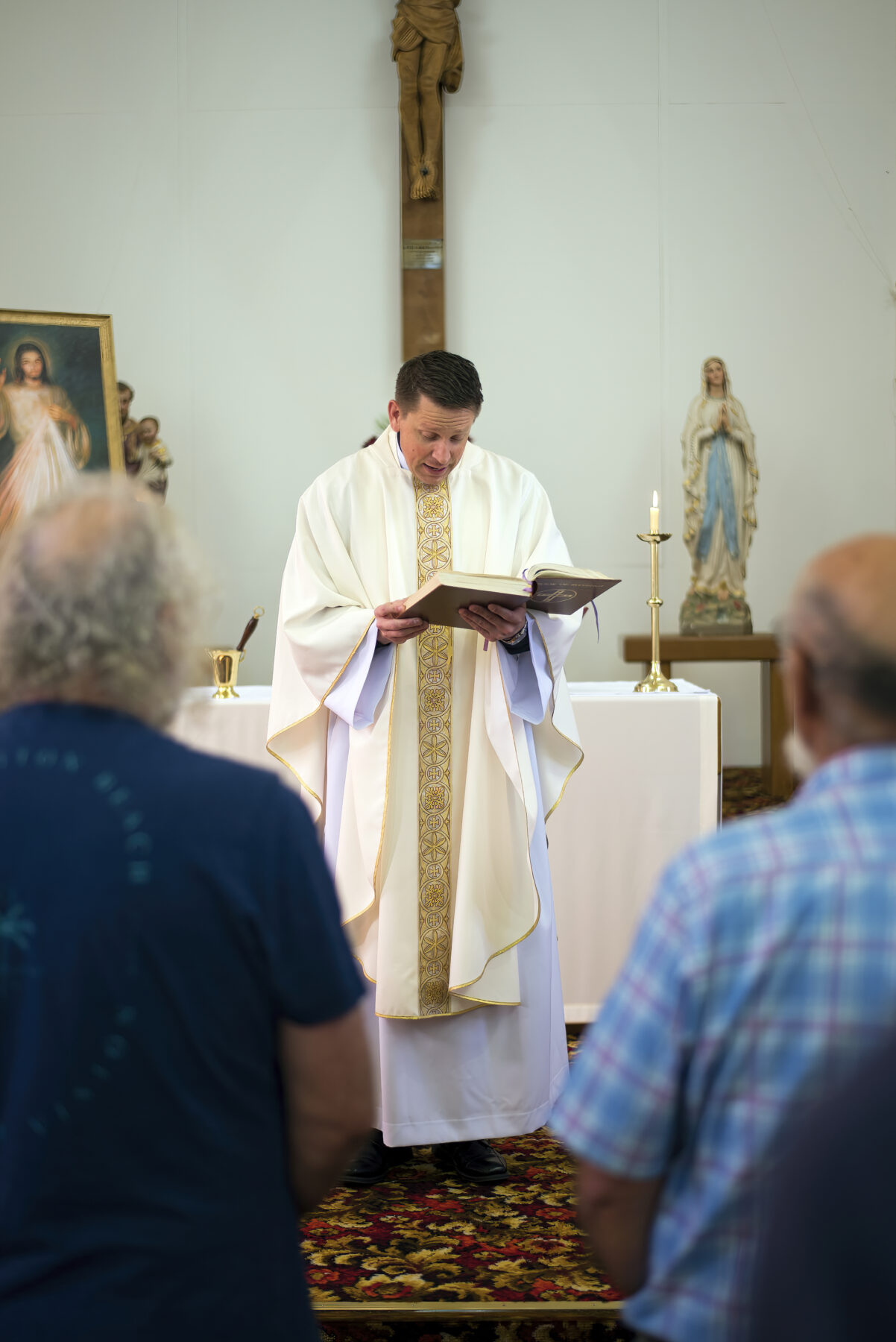The butterflies didn’t come this morning, and Leanne is distraught. I find her, with red-rimmed eyes, hugging a spindly tree. Leanne started walking this morning in good spirits, leaving from Lake Mombeong in Discovery Bay Coastal Park in south-western Victoria. With her are six fellow walkers, their guide, Jonathan Dyer, and me. The track, slashed into the dense coastal vegetation, follows the lake shore, passes through open meadows with mobs of kangaroos and penetrates into goblin forests of gnarly tea-trees. A wall of high dunes shields this section of the walk from the fury of the Southern Ocean.
It is day three of our eight-day walk with purpose. This is the Aussie Camino, a pilgrimage that begins in Portland, Victoria, and will eventually bring the group to Penola in South Australia. I’m pilgrim #2021222 and the Aussie Camino symbol, a white shell adorned with a stylised “Ave Maria” monogram, not unlike the ABC logo, is dangling off my backpack.
Leanne joined the pilgrimage, organised by the Melbourne-based company Getaway Trekking, for a reason. “My husband died two years ago,” she says. “He took his own life, so I’ve really struggled for the whole time.” She hopes the pilgrimage will help her make sense of what happened and cope better with her loss. The timing of the walk is significant for Leanne. “Yesterday would have been our 42nd wedding anniversary,” she tells me, “and I had quite a few tears in that first part of the walk when I was out in front. Then I saw a butterfly!”
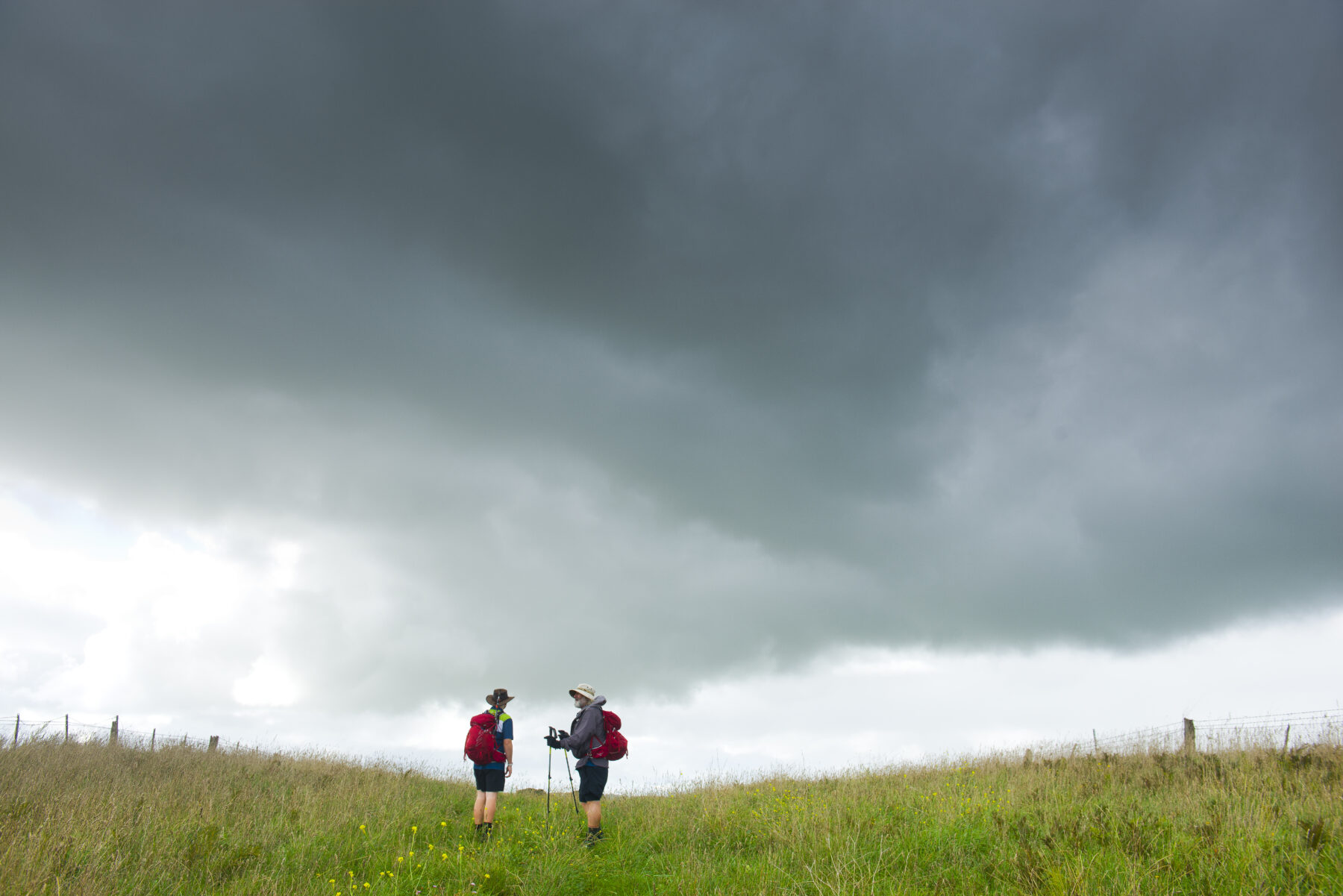
Butterflies have come to hold deep meaning for Leanne. After her husband’s death, she painted the fence around her house, trying “to clear my head”. Once she’d finished, she recalls, “One of those monarch butterflies came and fluttered all around the fence. Over the next few months, when I was out walking or running, I’d see a butterfly. Sometimes it would flutter along beside me for a while, then go away.”
The Aussie Camino came into existence in 2014 when Melbourne high-school teacher Luke Mills walked the route for the first time. Grappling with the traumatic death of his wife, Luke developed a deep yearning for the great caminos in Europe, but couldn’t go due to financial constraints and family commitments. But when Mary MacKillop was canonised in 2010, becoming Australia’s first saint, he found his inspiration for a personal pilgrimage right here in Australia. He developed a route inspired by the life of Mary MacKillop, connecting two significant locations in her life: Portland and Penola.
A Camino is a recognised pilgrimage route. Some caminos, like the Camino de Santiago de Compostela in Spain, the oldest in Europe, have been walked for centuries. Guide Jonathan, a veteran of eight European camino routes with a total of about 6000km under his feet, has his own reasons for embarking on a camino. “I’m doing it for my holistic health. I’m not doing it based solely on religious reasons. At the simplest level, the rhythm of walking, my limbs moving, my breathing being in sync with my whole movement, helps calm my mind. My mental health is probably best affected by it all.” He likes the minimalism of a pilgrimage along a camino route. “A camino experience is a very big dose of simplicity. I eat when I’m hungry, drink when I’m thirsty, rest when I’m tired.” For Jonathon, a camino experience is an opportunity to “meet other people who are open to conversations that you do not have in any other context. I do think that’s a real, special element to a pilgrimage experience.”
Apart from Jonathan, we are all first-time pilgrims. “It pleases me,” he says, “to be in the position to facilitate other people accessing a camino experience for the first time in their life.”
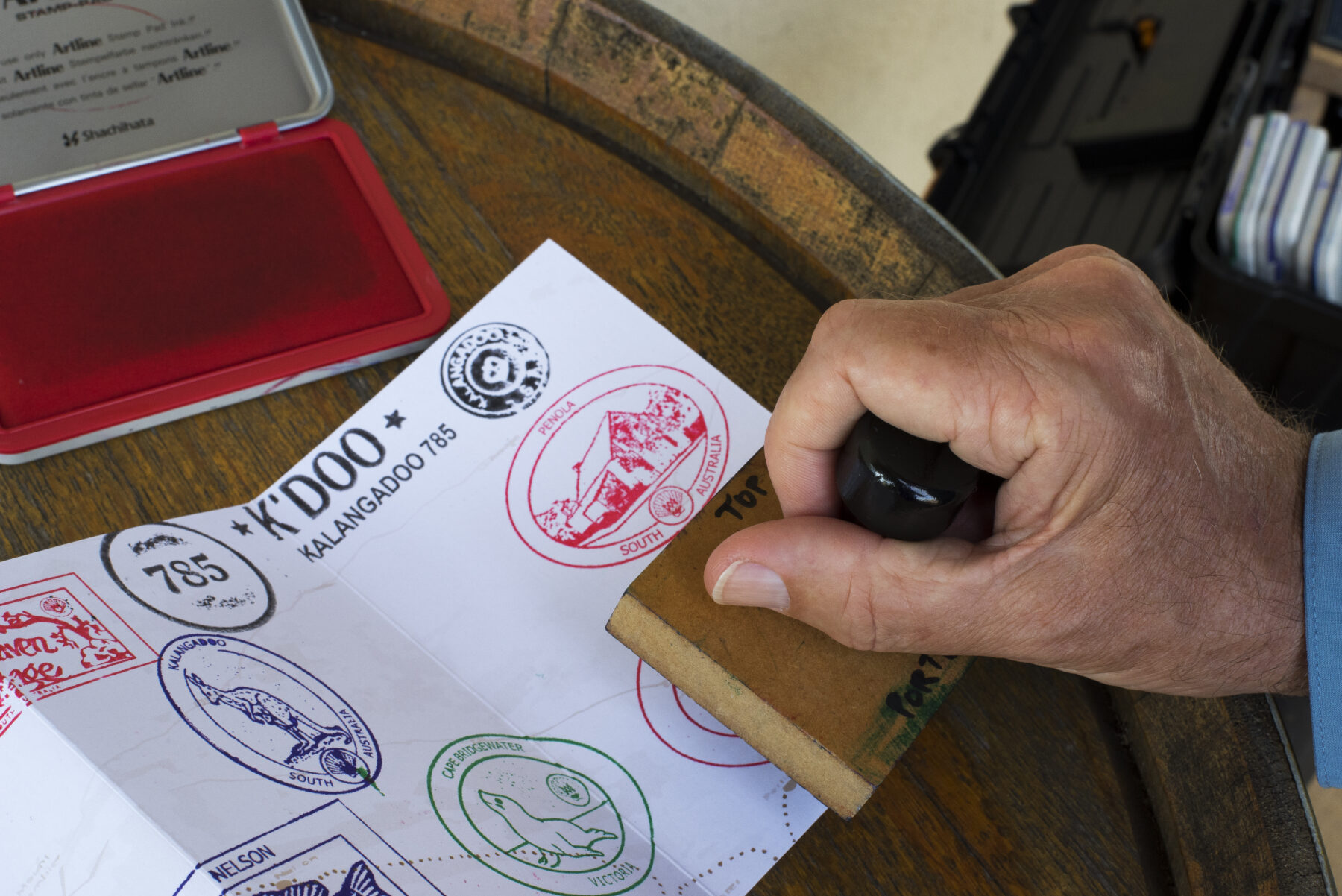
The first three days of the Aussie Camino follow the Great South West Walk: the lighthouse-crowned Cape Nelson and its dramatic cliffs, the sweeping Bridgewater Bay, the volcanic bastion of Cape Bridgewater, the bird-rich Bridgewater Lakes and the windswept, sheer endless beach of Discovery Bay with its massive middens form the dramatic first stage for the pilgrims. High winds, towering waves and panoramic views over spectacular, salt-hazy coastal landscapes make these first three days memorable ones. It also challenges the physical and mental resilience of the pilgrims, with many kilometres walking along soft beaches, often into a stiff headwind and threatened by heavy showers. The unison of the Aussie Camino and the Great South West Walk ends in Nelson. Just past the town, the pilgrims enter SA.
As we walk, the multitude of reasons my fellow pilgrims joined the Aussie Camino become apparent. Although a pilgrimage is generally defined as a journey to a sacred or holy place, religion is not the driving motivation for most of these walkers. For Leanne, it is to make sense of a personal tragedy. For Wayne and his son, Jasper, it’s entirely different. “There are two aspects of this walk that I’m really liking,” Wayne says. “The first is, I have this beautiful 15-year-old son and this is an opportunity to spend eight days together walking and getting to know each other. And there is a spiritual dimension to my life and I like the chance to reflect.”
From Port MacDonnell onwards, the Aussie Camino leaves the wild coast behind, turning inland to a benign rural landscape with unsealed farm roads and fenced-in stock routes. The landscape is flat and in the far distance, the dark-green shape of Mt Schank, one of the youngest volcanoes in Australia, marks today’s lunch destination. Then on to Mount Gambier for the night.
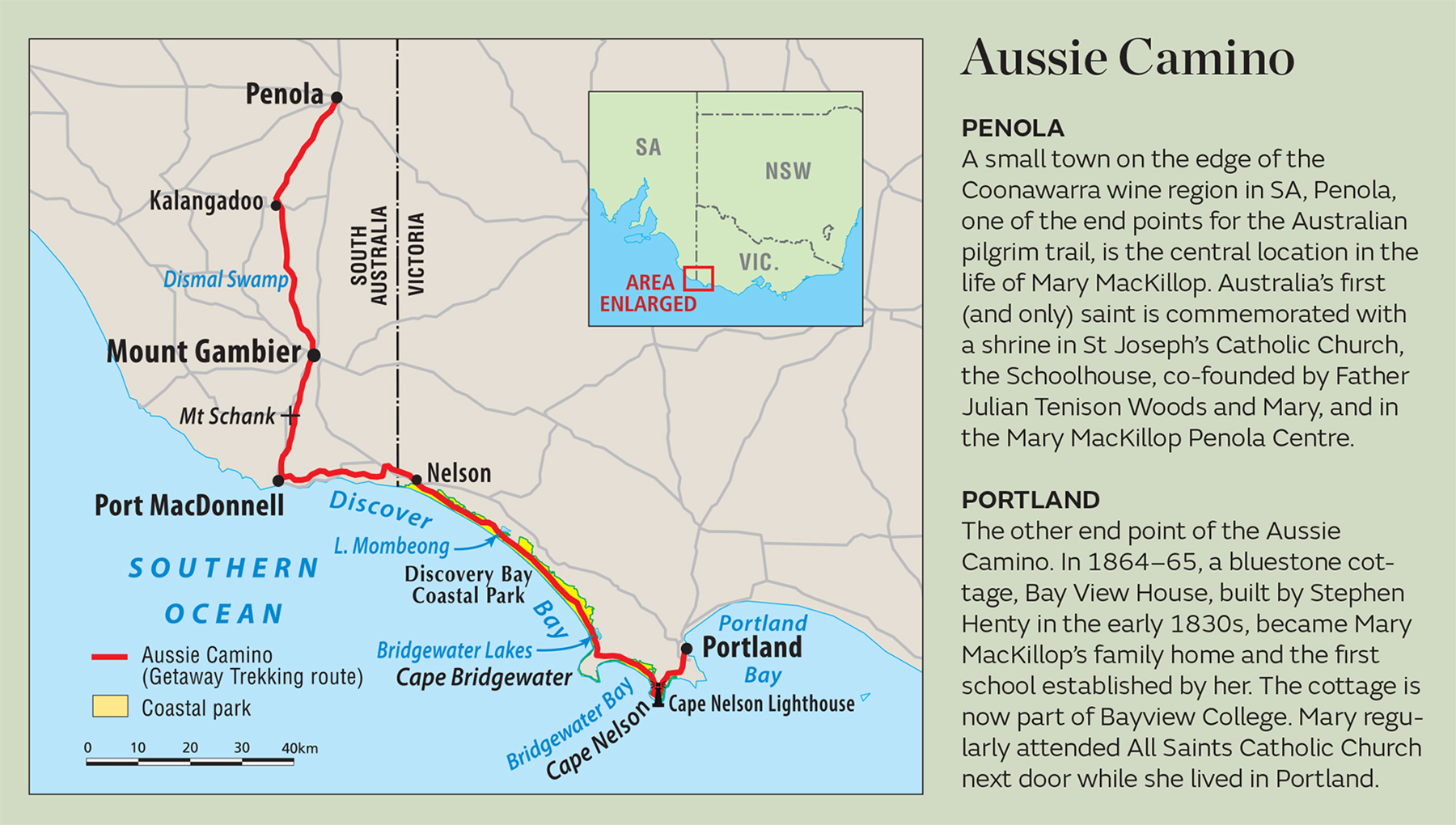
Walking now becomes the sole purpose, as little distractions assault the mind. As usual, Leanne is out front. “I don’t think about anything. I concentrate on my breathing and my steps,” she says later. The therapeutic and healing effects of walking are well documented, with tests revealing cognitive improvements; enhanced mood and life-satisfaction; and lower risks of heart disease, obesity and diabetes.
During the day, the group spreads out and long stretches are walked alone. “Something like this gives you plenty of time to think about what you’re doing with your life, where you want to go, whether you’ve made a difference in the world,” Wayne says. Walking alone allows the mind to reach a higher meditative state. It becomes easy to switch off and let the mind freely wander – or to “grow trees of thoughts”, as famous Italian mountaineer Reinhold Messner once told me, referring to his solo traverse of the Greenland ice shield.
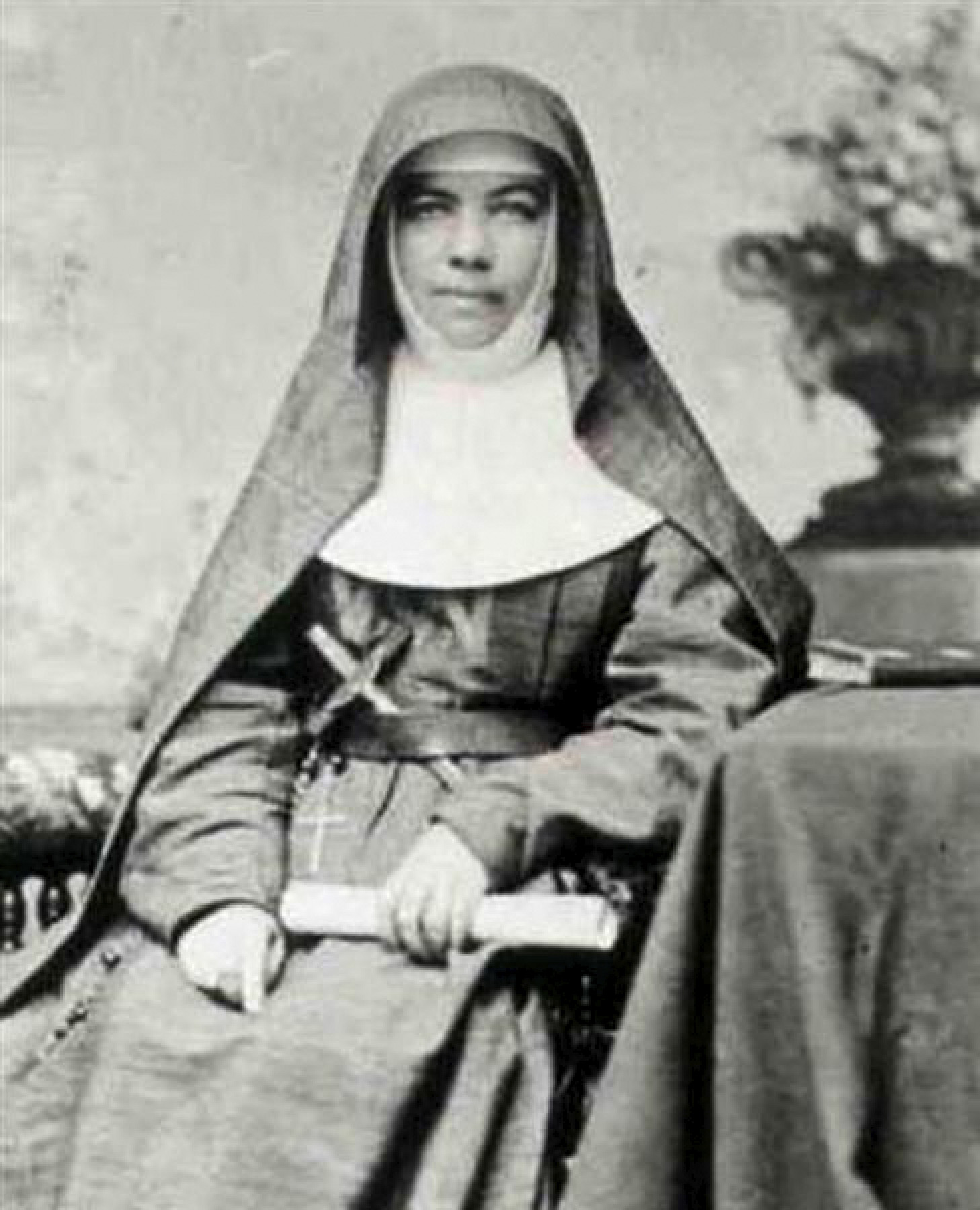
The calling of Mary MacKillop
Mary MacKillop was born in Melbourne on
15 January 1842.
Driven by a desire to educate children in the bush, she worked alongside parish priest Father Julian Tenison Woods to open her first school on 19 March 1866. It was housed in a converted stable in Penola.
In 1867 Mary founded Australia’s first order of nuns, the Sisters of St Joseph of the Sacred Heart. Father Woods wrote a “Rule” to direct their lives, emphasising poverty, simplicity and independence, so the Sisters would be free to move across dioceses. On 15 August Mary took her first vows and adopted the name “Mary of the Cross”. Her final vows were taken in 1869.
Mary’s radical vision for the order, particularly her desire to be independent of directions by bishops, brought her into conflict with the Church’s authorities and led to her excommunication on 22 September 1871. The excommunication was technically removed on 23 February 1872.
In 1873, after an audience with Pope Pius IX in Rome, she received approval for her order’s constitution by the Vatican authorities.
In 1885 Mary was deposed as Superior General on technical grounds but was re-elected by the Sisters of the order in 1899.
Mary died in Sydney on 8 August 1909. At the time of her death the order had established 117 schools throughout Australia with more than 12,400 pupils overall.
Mary was beatified by Pope John Paul II on
19 January 1995.
On 17 October 2010 Mary MacKillop was canonised. She is the first Australian to be recognised as a saint by the Catholic Church.
Jan, the oldest pilgrim on this walk, is being challenged by the physical side of the Aussie Camino. She develops some nasty blisters and opts out of some of the more challenging sections of the walk, notably a few beach sections and the 6km-long track along the overgrown train line between Kalangadoo and Penola. “I think it is very challenging physically, but I knew it would be. I’m surprised I managed to get through three-quarters of a day’s walk.” Before the walk she was apprehensive about her abilities. “The most I’ve ever walked was about 13km,” she admits. Having some religious leanings, though not an active church-goer, she has long been inspired by the concept of a camino and was planning to go on the Camino de Santiago de Compostela before COVID threw a spanner in the works. Then her daughter pointed her towards the Aussie Camino.
Like so many who choose to become pilgrims, Jan’s decision to go on a camino was motivated by more than just a fascination for these religious routes. “My husband died two and a half years ago, and I find what helps with the grief is walking.” She is one of three widows on this walk. And like the others, Jan is struggling. “Most mornings I feel weepy and I say to myself, ‘Just get over yourself, because you know when you walk out of the door that walking will help.’ I think that it is probably twofold – physical and mental. You are not in your head so much; you look wider.”
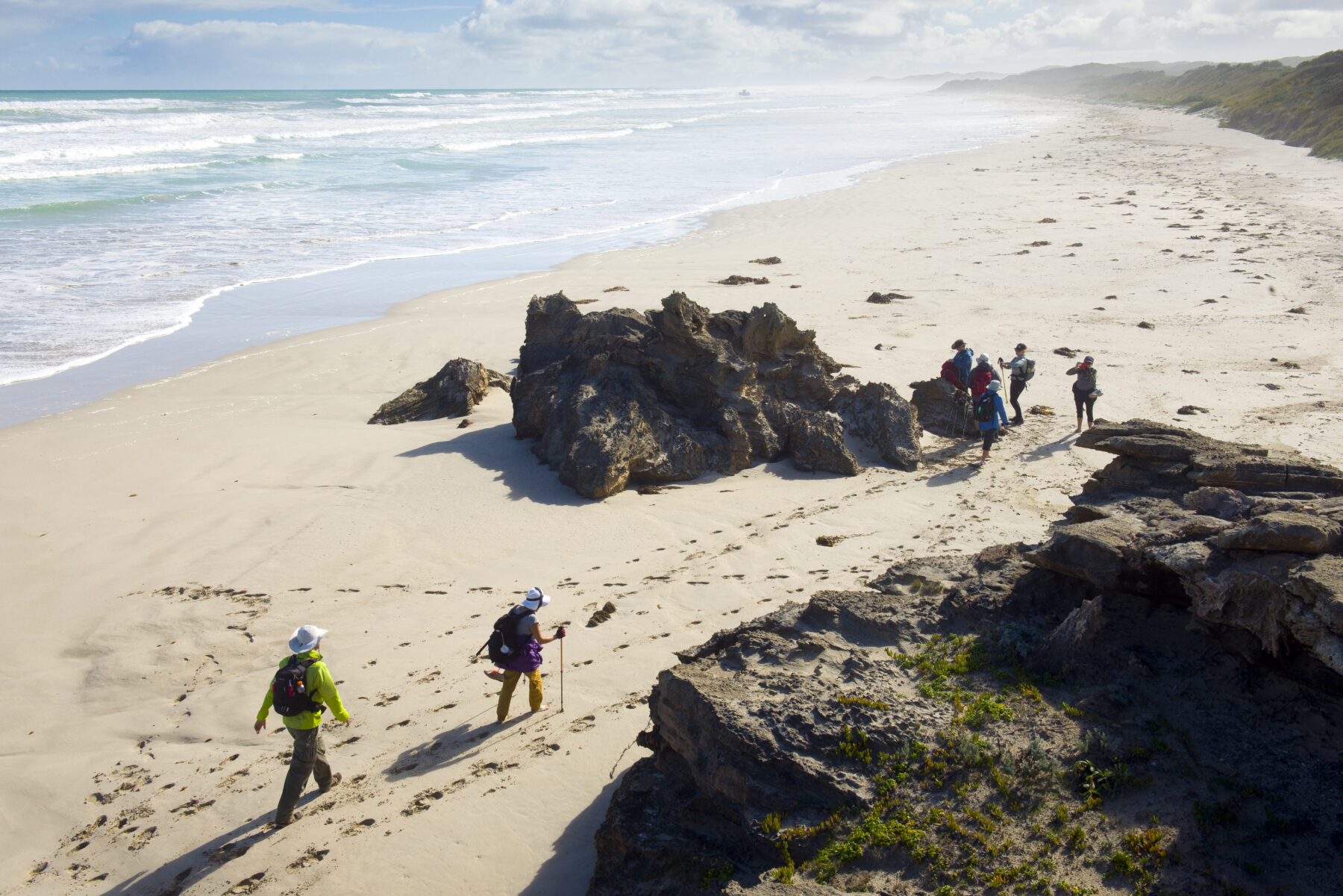
Luke Mill’s Aussie Camino covers a distance of roughly 230km. Getaway Trekking’s version is shorter: we walk a total of 153km. The reason lies in a major difference between the European and Australian caminos. Along the caminos in Spain, Portugal and France, towns and villages provide accommodation and food for the pilgrims at regular distances. The Aussie Camino, however, covers large tracts without such infrastructure. To walk the entire distance would require pilgrims to be self-sufficient and carry heavy packs and camping gear. This would exclude many potential aspirants from the Aussie Camino. Getaway Trekking offers pilgrims a more sedate and comfortable version, where walking in urban areas such as Mount Gambier, for example, is avoided. Accommodation is organised and bulky luggage is transported. On key points along the way, pilgrims can opt to hop on the accompanying bus if issues such as blisters make further walking impossible. In the spirit of the great caminos, some of the accommodation is modest, ranging from heritage-listed B&Bs to pub rooms with shared facilities.
From Mount Gambier, the walk leads through contrasting landscapes of extensive pine plantations and native bushland to the Dismal Swamp wetland. The night is spent in modest cabins surrounded by generous gardens. From there, rural roads guide pilgrims through open and flat country with few visual highlights, but plenty of time for contemplation and reflection. That changes on the outskirts of Kalangadoo. Here, a straight stretch of sealed road leads through a magnificent tree tunnel of mature gum trees to the small town, crowning the day with a glorious finish. Upon reaching Kalangadoo, the Camino enters an area of great beauty. Paddocks and pastures with large river red gums create a park-like landscape and make this last 29km section of the Camino a delight. On this leg, a 6km-long interlude along a disused railway track adds spice and a challenge for some pilgrims.
The Aussie Camino begins with a visit to the Mary MacKillop Heritage Centre in Melbourne, the first opportunity to learn about the saint. Her legacy at the other end, in Portland, is represented by the grand Bayview College and the All Saints Catholic Church, both overlooking Portland Harbour. At the end of the Camino, St Joseph’s Catholic Church in Penola awaits, with the Mary MacKillop Shrine and, right next to it, the Mary MacKillop Penola Centre. For deeply religious Kathleen, the highlight of the whole pilgrimage was arriving at the church, taking part in the ritual of mass, and then being blessed. “For the priest to bless us with the holy water, that’s the moment when you are feeling the rain of God all around you and on you physically.”
Kathleen is a fit and strong walker. “I really love walking, I love being out in nature, so that was a really big impulse, but because I’m a woman of faith, that was an extra attraction,” she says. In her understanding, to go on pilgrimage is to walk towards the holy. “My inner voice was calling me to go on a pilgrimage, not just go on a hike or a trek. It’s got to have meaning for me, always. I don’t want to be a tourist.”
Walking a Camino and going on a pilgrimage differs from simply tackling a trekking route. Following a particular path with religious, spiritual or historic significance adds an extra dimension. Luke Mills writes in his Aussie Camino Guidebook, “Perhaps the one binding characteristic of a pilgrimage is that it must be a transformative experience – a life-changing experience.” Being religious is not a prerequisite. “I think religion and spirituality are two completely different things,” Wayne says. “Spirituality is about your personal journey and getting to know yourself, what gives your life meaning and what you think is important, where you think you fit in into the universe and into the world. You can only walk a spiritual journey if you spend time reflecting.”
“As far as spirituality goes,” Jan says, “being on a camino, I suppose, you are looking for those clues. I formulated the belief that being on a camino is like life. The thing that gets us through, apart from eating and drinking and a good night’s sleep, is friends. That’s my mantra for life, and the Camino mimics that, because we all become fairly friendly.” And then she adds: “If I’m not better by the time I’m back, I have to see the counsellor again. I have to. But I feel much better now!”
For Leanne the last day of the Camino is another difficult day. It is the second anniversary of her husband’s suicide. She is withdrawn at first but during the day she comes around. When the group finally reaches the town sign of Penola she is happy. “Today,” she says, “I saw heaps of butterflies.”
Australian Geographic and Don Fuchs would like to thank Deb Manders and Getaway Trekking.

